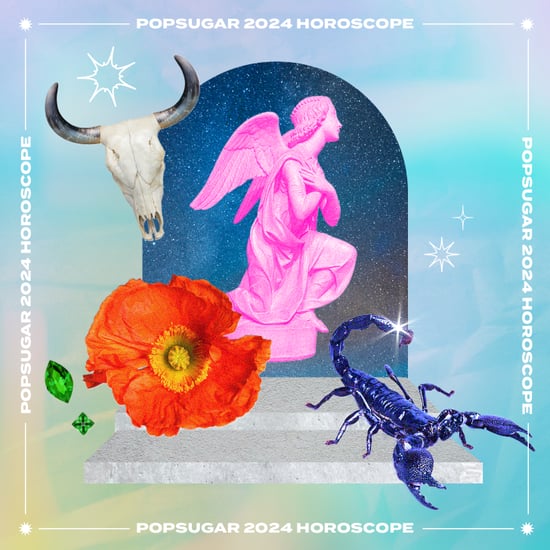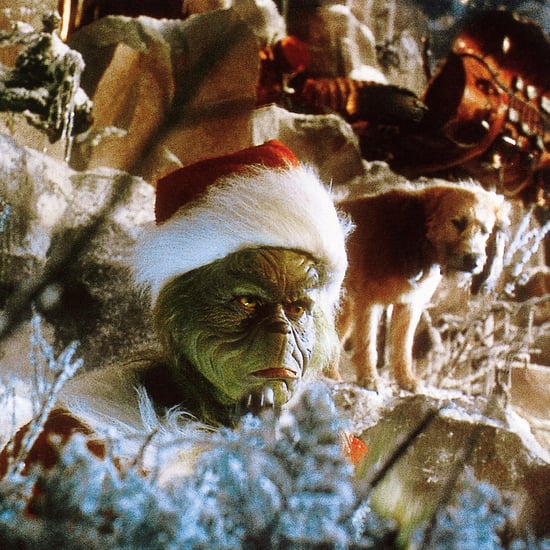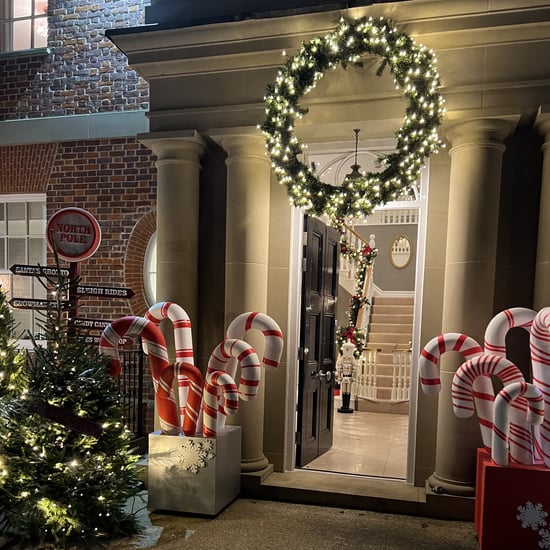Champagne and Sparkling Wine Terms
What's the Difference Between Champagne and Prosecco?

Whether you're ringing in the New Year or just toasting the fact that it's the weekend, there's always a reason to say "cheers" with Champagne. Of course, not all sparkling wine is classified as Champagne — and that's just the start of the confusing jargon. To help you choose a standout bottle of bubbly, we've put together a guide to all of the relevant vocab, so you can sort out the doux from the cru.
- Sparkling wine: A catchall term used for any bubbly without a specific regional designation.
- Champagne: Sparkling wine produced in the French region of the same name. The "Champagne" definition was protected by the Treaty of Versailles, but since the US never officially signed it, some older American producers use the Champagne name, too.
- Cava: Spain's contribution to the sparkling family is named for the cellars in which it is produced.
- Prosecco: A sparkling wine produced in Italy, mostly in the Veneto region.
- Brut: A dry variety of sparkling wine and the most common.
- Extra brut: The driest of the dry. Also known as brut sauvage.
- Extra dry: A midpoint between sweet and dry sparkling wines, these popular wines are only slightly dry. Not to be confused with "extra brut."
- Demi-sec: A bit sweeter than sec, but not as sweet as doux.
- Doux: The very sweetest sparkler, typically served as a dessert wine.
- Sec: Slightly sweet, even though the name actually translates to "dry" in French.
- Nonvintage: A sparkling wine produced from a blend of multiple years of grapes. Denoted with the abbreviation "NV."
- Vintage: A sparkling wine produced from a single year of grapes.
- Grand cru: A wine that comes from the highest-quality vineyards.
- Cuvée: A somewhat misleading term that indicates the bottle comes from a blend of wines, often kept secret by the winemaker.
Got more decoding tips to add? Share them in the comments below.






